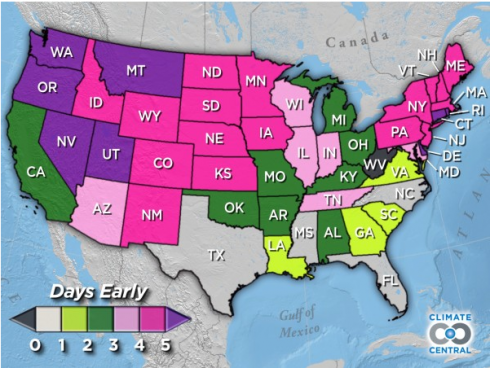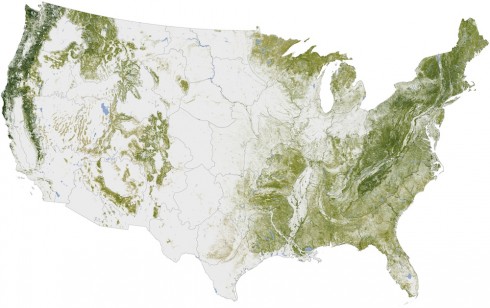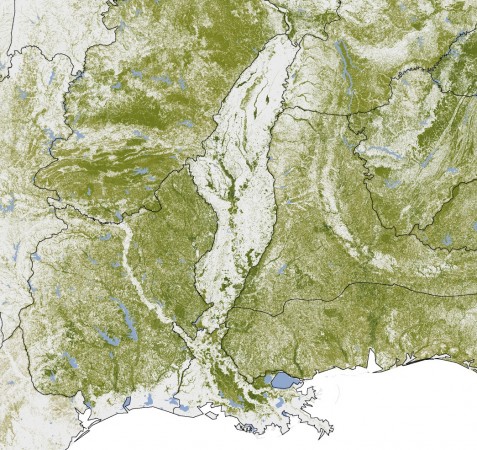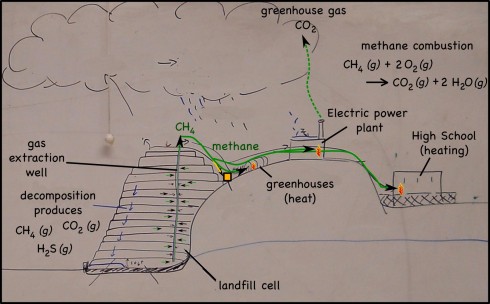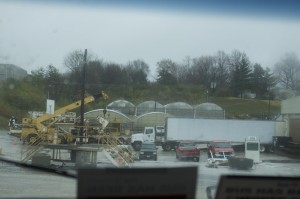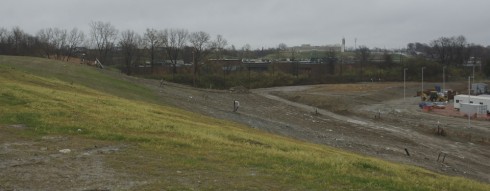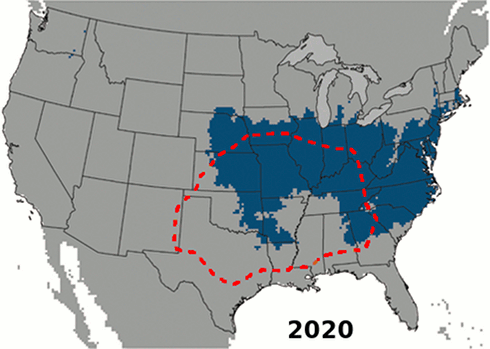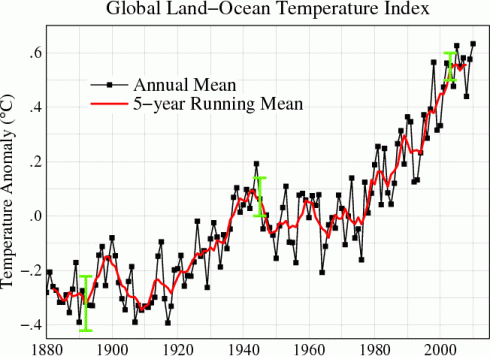This summer’s arctic ice cap is the smallest since we’ve started watching it from space in the 1970’s, and the summer isn’t over yet.
Over the last few years, the rate at which the ice is melting is accelerating, probably due to the ice-albedo feedback. Albedo refers to how reflective a surface is; the average of the Earth is about 31%, while snow and ice has an albedo closer to 90%.
When the albedo is high, a lot of sunlight is reflected back into space, but when it’s lowered, such as when the sea-ice melts, the surface absorbs a lot more sunlight, which heats it up. Of course, more heat melts more ice which further decreases the albedo which causes more warming which melts more ice …. And you can see the problem.
The ice albedo feedback takes a small change (melting ice) and accelerates it. That’s a positive feedback, although the effects are usually not what you want, because they take the system (the Earth’s climate in this case) away from it’s current equilibrium. This is not to say that there are no benefits; the Northwest Passage will open up eventually, if it has not already.
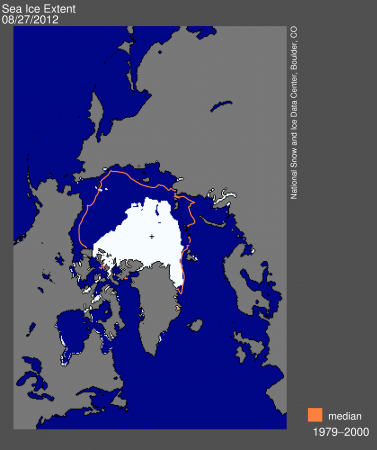
↬ ClimateCentral.org ᔥ the NSIDC
